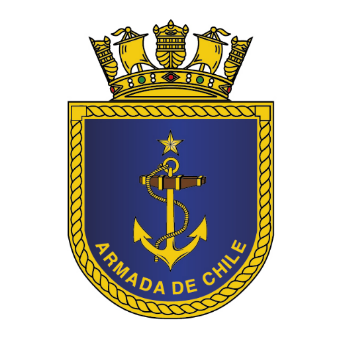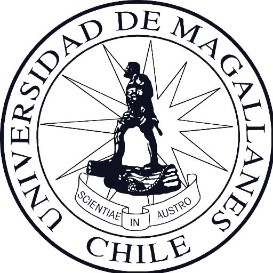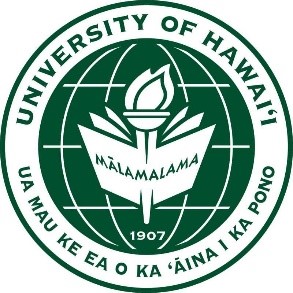
With the support of CNPq, Brazilian Navy (PROANTAR), Chilean Navy and others universities, the BECOOL project (BEnthic COnnections Of high southern Latitudes) will study the effects of climate change on the Antarctic benthic fauna and its connections with the South American continent.
The region of the Martel cove, where the Brazilian Antarctic base Comandante Ferraz is located, has a solid record of data showing a loss of more than 10% of the glaciers in the cove, revealing climate changes in the region. Consequently, changes can occur in the trophic web, and we will study possible changes that have occurred in the Antarctic benthic fauna in the last 20 years, also trying to predict possible future scenarios.
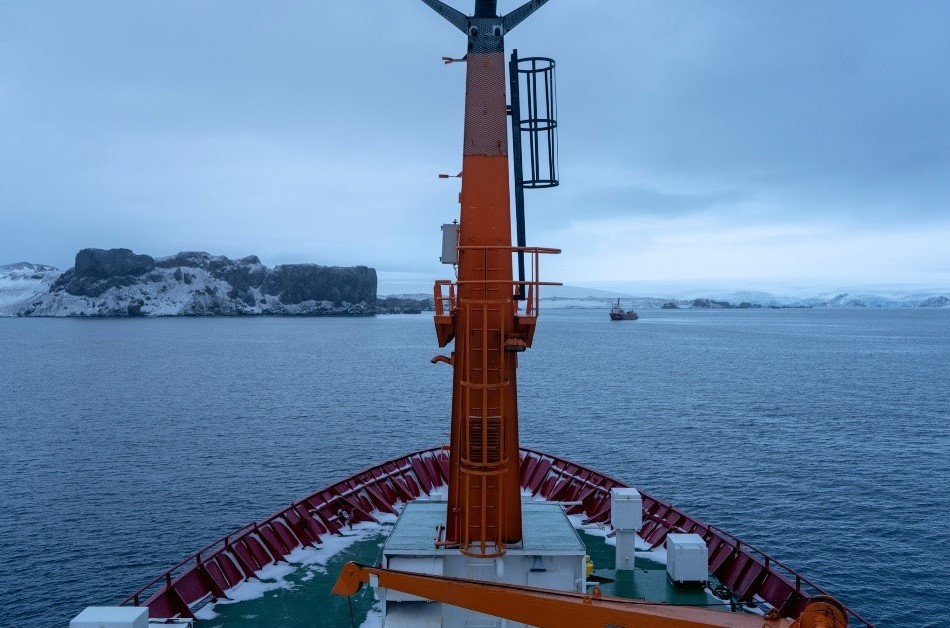 In addition to the many peculiarities already known from Antarctica, its ocean is also unique when compared to the rest of the oceans. Around the entire continent it travels the strongest current on the planet, formed over 30 million years ago, the Antarctic Circumpolar Current (ACC) can act as a natural barrier to depths greater than 1,000 meters. This causes a high degree of endemism (species that occur in a single location) in the region, since with the exception of birds and mammals, few taxa can be found inside and outside the Southern Ocean.
In addition to the many peculiarities already known from Antarctica, its ocean is also unique when compared to the rest of the oceans. Around the entire continent it travels the strongest current on the planet, formed over 30 million years ago, the Antarctic Circumpolar Current (ACC) can act as a natural barrier to depths greater than 1,000 meters. This causes a high degree of endemism (species that occur in a single location) in the region, since with the exception of birds and mammals, few taxa can be found inside and outside the Southern Ocean.
Some larvae can take advantage of the ACC flow to disperse, so it can also act as a link that connects species from different oceans. Some species found during the BioSuOr Project were also found in the Northeast Pacific Ocean as well, which intrigued the laboratory team. Therefore, in this new project we seek to understand the connectivity between these two oceans through species that inhabit organic substrates in the deep sea. This will make it possible to determine global biogeographic patterns and evolutionary mechanisms of the species that inhabit these substrates.
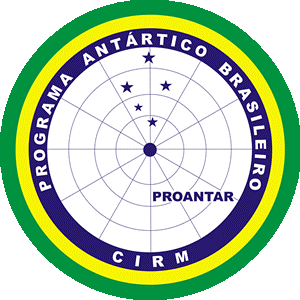 |
|
|
|
 |
|
|
 |
 |
 |

